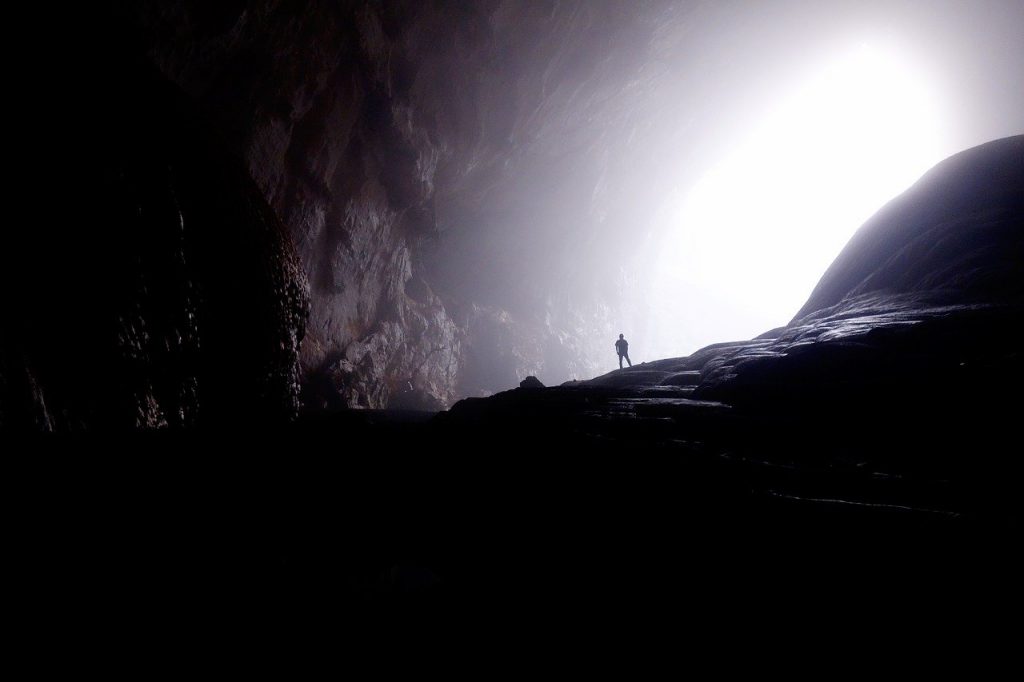Humans have walked the Earth for millions of years. Humans are a member of the Primates and are most closely related to chimpanzees, though it is important to note that we did not come from chimpanzees. About 10 – 5 million years ago, there lived a common ancestor of both chimpanzees and humans. This common ancestor had babies, and the babies were just genetically different enough to not be able to mate and have children together. Since that point, humans and chimpanzees diverged into two unique species. Humans along with modern human ancestors became part of a group called Hominins. Australopithecus and Paranthropus were hominins that lived 4.2– 2.9 million years ago and 2.6 – 0.6 million years ago.
Before Homo sapiens evolved about 2.5 million years ago, there were many species within the Homo genus that lived. At times, there even were multiple human species living at once. Homo floresiensis was an extremely short (~1.1 meters) species of human that lived up until ~50,000 years ago on the island of Flores, Indonesia. Homo neanderthalensis lived in Eurasia up until ~40,000 years ago, and Homo erectus lived up until ~108,000 years ago. Researchers, hikers, cavers, and explorers have found remnants of ancient humans lying in caves, preserved in ice, or within layers of rock. Scientists study their lifestyles, habits, tools, and communication styles through these bones and artifacts.
In 2007, a foot bone was uncovered in Callao Cave in the Philippines. This small foot bone dated back to 67,000 years ago and was evidence of the first human presence in the Philippines. In this study, the same rock layer where the foot bone was found also revealed 12 additional bones (finger, toe, teeth, and leg). They found two of the same right upper molar and a juvenile leg bone (femur), which revealed that the uncovered bones came from at least three humans. Based on these findings, the scientists wanted to know how these bones compared to other human species.
The researchers imaged the 12 newly-discovered bones using a technique called micro-CT, which is similar to a CT scan at a doctor’s office. They then carefully measured the bones, and closely examined them to the bones of many other human species, such as H. floresiensis or H. sapiens (us). When comparing the recently discovered molars (teeth) with those of Australopithecus, Paranthropus, and various Homo species, they found that the new teeth had size and shape features like more recent hominins such as H. neanderthalensis, H. floresiensis, and H. sapiens. However, some features of the teeth like the crown and roots also resembled those of earlier hominins, such as Australopithecus, Paranthropus. Similarities to earlier and later hominins were also identified in the finger and toe bones.
The researchers realized that they had evidence of an entirely new human species. They named this new species Homo luzonensis based on the island of Luzon where the bones were found. Based on a time stamp of the bones, the researchers note that H. luzonensis and H. floresiensis likely lived on different islands at the same time, and potentially over the same time period. Since these islands were always separated from any mainland by a large sea during these time periods, the evolution was likely because of insulation from the outside. This study highlights the exciting discovery of a new species, and shows the complexity of evolution within the Homo genus.



